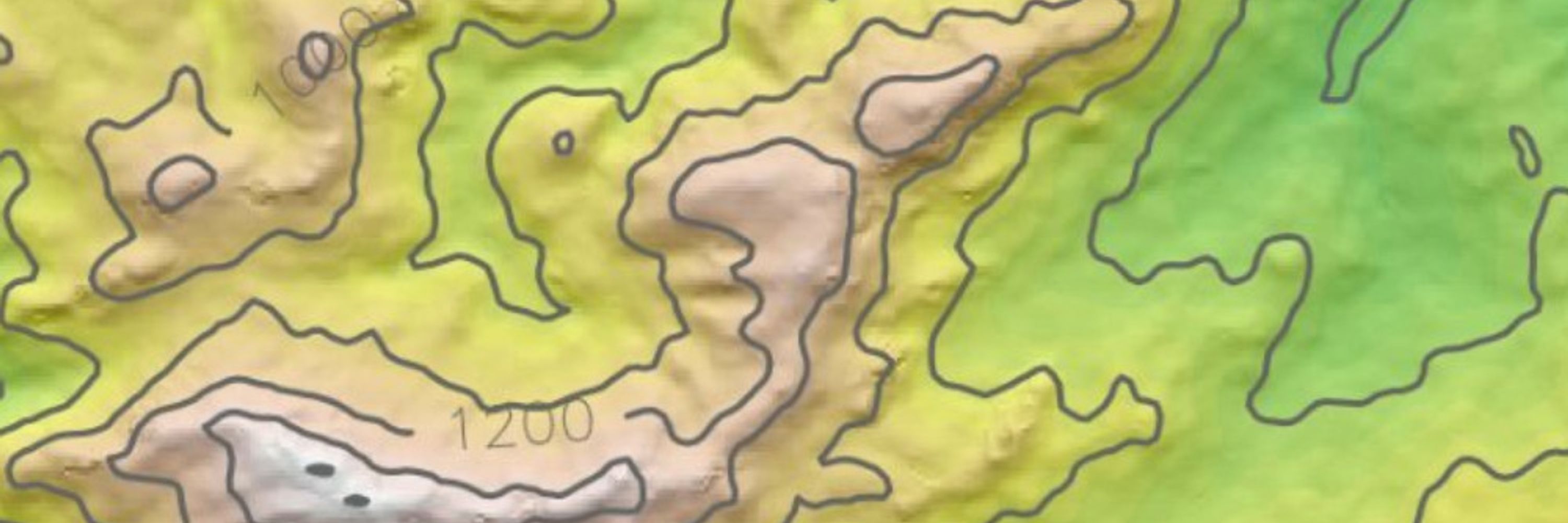Francisco Rodriguez-Sanchez
@frodsan.bsky.social
3.3K followers
150 following
180 posts
Computational Ecologist. Researcher @unisevilla.bsky.social. ecology, biogeography, statistics, rstats, GIS, science.
https://frodriguezsanchez.net
Posts
Media
Videos
Starter Packs
Pinned
Reposted by Francisco Rodriguez-Sanchez
Reposted by Francisco Rodriguez-Sanchez
Reposted by Francisco Rodriguez-Sanchez
Reposted by Francisco Rodriguez-Sanchez
Reposted by Francisco Rodriguez-Sanchez
Reposted by Francisco Rodriguez-Sanchez
Reposted by Francisco Rodriguez-Sanchez
Reposted by Francisco Rodriguez-Sanchez
MC Stan
@mc-stan.org
· 21d
Reposted by Francisco Rodriguez-Sanchez
Reposted by Francisco Rodriguez-Sanchez



















